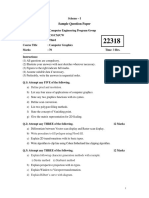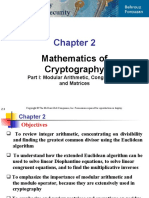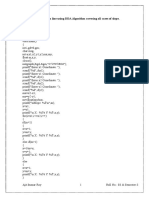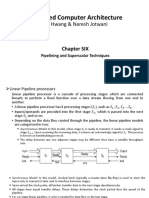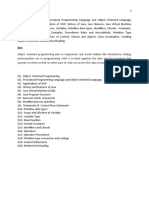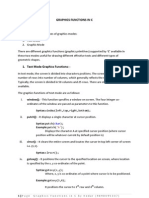0% found this document useful (0 votes)
4K views71 pagesDDA Circle and Ellipse Algorithm
The document describes algorithms for drawing basic 2D graphics primitives like points, lines, and polygons in digital displays. It explains how graphics programming packages represent scenes using primitives and their attributes. Basic raster algorithms like the digital differential analyzer (DDA) algorithm are presented for drawing lines on a digital display by calculating discrete coordinate points along the line. The DDA algorithm uses incremental addition to smoothly step through and plot a line, avoiding multiplication by the slope. Pseudocode for a DDA line drawing function is provided.
Uploaded by
seerat aliCopyright
© © All Rights Reserved
We take content rights seriously. If you suspect this is your content, claim it here.
Available Formats
Download as PPTX, PDF, TXT or read online on Scribd
0% found this document useful (0 votes)
4K views71 pagesDDA Circle and Ellipse Algorithm
The document describes algorithms for drawing basic 2D graphics primitives like points, lines, and polygons in digital displays. It explains how graphics programming packages represent scenes using primitives and their attributes. Basic raster algorithms like the digital differential analyzer (DDA) algorithm are presented for drawing lines on a digital display by calculating discrete coordinate points along the line. The DDA algorithm uses incremental addition to smoothly step through and plot a line, avoiding multiplication by the slope. Pseudocode for a DDA line drawing function is provided.
Uploaded by
seerat aliCopyright
© © All Rights Reserved
We take content rights seriously. If you suspect this is your content, claim it here.
Available Formats
Download as PPTX, PDF, TXT or read online on Scribd
/ 71



